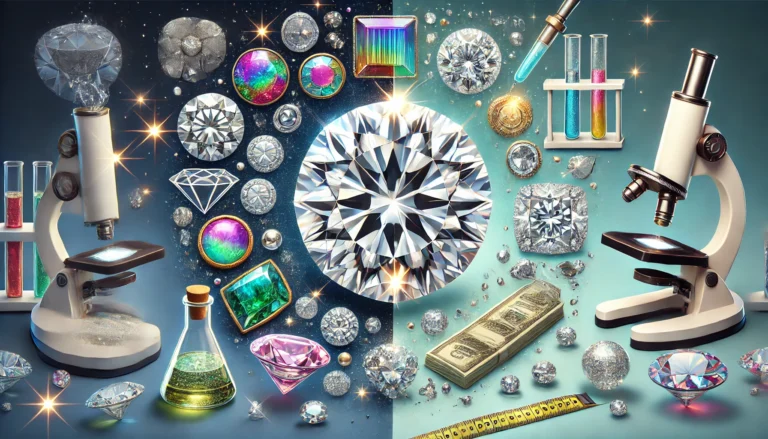
The professionals in the diamond industry use various advanced tools to identify a diamond’s nature and colour origin. Some of these devices are relatively easy to use and are available for purchasing on the market, but others are accessible only in gemological laboratories. This article describes three of the instruments used in the laboratory and in the diamond trade.
UV-Vis-NIR Spectroscopy
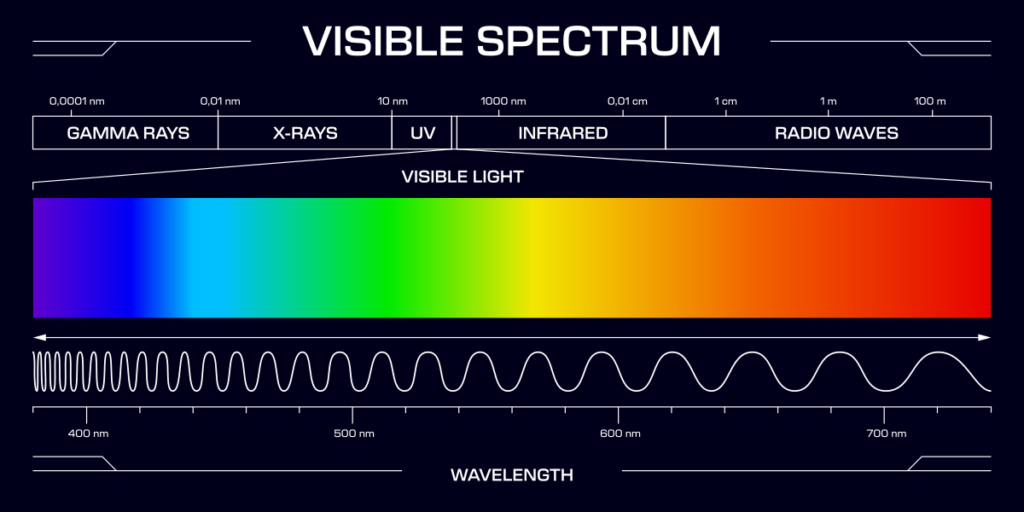
Advanced diamond testing methods typically entail examining their interaction with electromagnetic radiation. UV-Vis-NIR (ultraviolet/visible/near-infrared) absorption spectroscopy is a well-known technique for measuring how a diamond absorbs visible light as well as portions of the ultraviolet and infrared regions close to the visible range. This method employs susceptible equipment known as a spectrometer, which precisely determines the wavelength positions of absorption peaks and captures data beyond the visual range. Various UV-Vis-NIR spectrometers work by detecting signals when light passes through or is absorbed by the diamond. These signals are then displayed on a computer as an absorption spectrum, a linear graph indicating which wavelengths are absorbed and at what energy levels.
Diamonds are cooled to -196°C using liquid nitrogen before being analysed with a UV-Vis-NIR spectrometer, a process made possible by the diamond’s unique physical features. This cooling sharpens the spectrum absorption peaks, helping gemologists to pinpoint optical flaws more precisely. For example, a broad absorption at 500 nm at ambient temperature can be converted into a sharp peak at 503.2 nm when chilled, showing the existence of the H3 defect.
Identifying the Cause of Colour
Natural-coloured diamonds possess a high commercial value; thus, identifying them from treated diamonds is essential. This task is tricky and requires gemologists to use the latest methods, including UV-Vis-NIR absorption spectroscopy and microscopic assessment. UV-Vis-NIR spectroscopy is extremely helpful for identifying coloured diamonds since it assists in determining the colour centres responsible for the diamond’s hue.
As an example, treated pink or purplish-pink diamonds, whether they are irradiated natural diamonds or lab-grown diamonds that were originally yellow or brown, show distinct, sharp absorption peaks. Natural pink diamonds, on the other hand, exhibit absorption at approximately 550 nm. The considerable variances between these absorption spectrums allow gemologists to recognise the diamond.
Infrared Spectroscopy
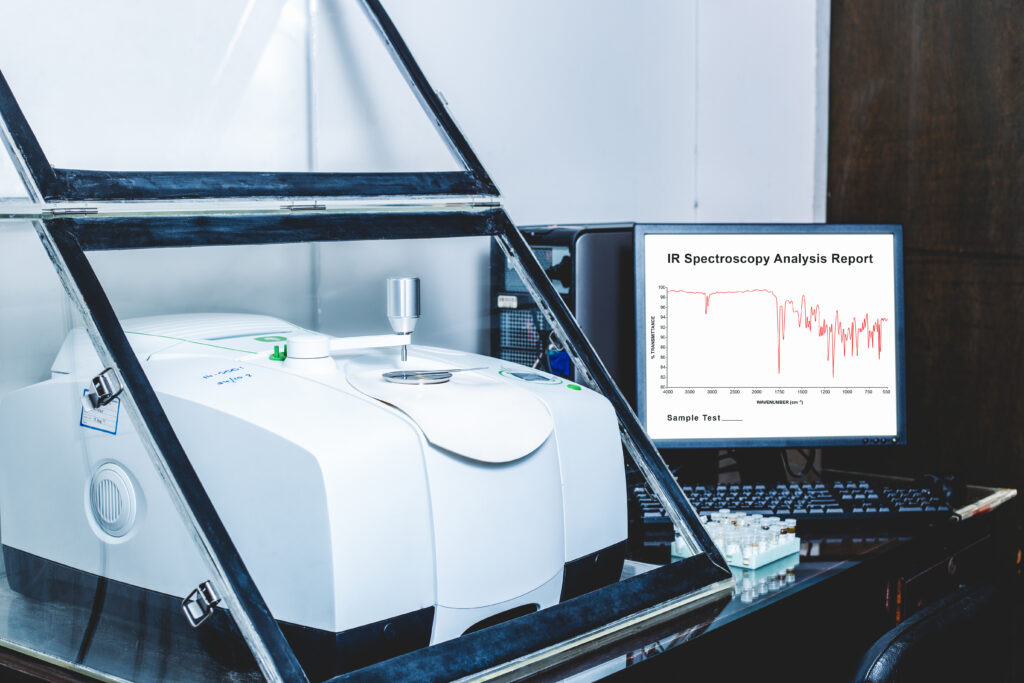
Fourier-transform infrared (FTIR) spectroscopy is used to measure a diamond’s absorption of infrared energy. The primary strength of this device is its speed – it gives results in less than a second compared to other devices that might require up to twenty or more minutes.
The FTIR spectrometer measures how much infrared energy a diamond absorbs, and a computer translates the results into an absorption spectrum. The FTIR absorption spectrum, like UV-Vis-NIR spectroscopy, indicates the wavelengths absorbed as well as the quantity of energy absorbed. The main wavelengths vary from 4000 to 9000 nm. The FTIR spectrometer is able to examine one gemstone at a time. FTIR spectroscopy may detect impurities that are only visible in the infrared range, making it possible to examine diamonds that seem colourless but chemically-vise have high concentration of nitrogen. It detects isolated nitrogen, isolated boron, hydrogen-related defects, and more.
Infrared spectroscopy is the sole method available to classify diamonds by type reliably. The way a diamond grew and potential treatments it has undergone can be revealed by understanding the diamond type. To identify the diamond’s type you need to see whether boron and/or nitrogen absorption is present or absent in infrared spectrum as well as if the nitrogen is isolated or aggregated.
An infrared spectrometer can immediately assess a diamond’s type, distinguishing between colourless natural type Ia diamonds and the lesser group of treated or lab-grown diamonds. The vast majority of natural D-to-Z diamonds (99%) are type IaAB, which cannot undergo HPHT decolorisation. Natural type IIa or IIb diamonds, on the other hand, can be enhanced in colour through HPHT processing, and their provenance should be certified by a gemological lab. Colourless CVD or HPHT lab-grown diamonds are categorised as type II.
FTIR spectrometers are widely accessible on the market nowadays. For example, the GIA’s Diamond-Check device is relatively easy to use, compact, and portable.
DiamondView – High-Energy UV Imaging
While most diamonds do not fluoresce in shortwave or longwave UV, they all fluoresce in ultra-shortwave UV (about 225 nm—also known as deep UV). The DiamondView imaging microscope detects ultra-shortwave UV light that is often utilised for fluorescence measurements in ordinary gemological work.
In the mid-1990s, De Beers developed the DiamondView to discern natural and HPHT lab-grown diamonds. It presents a viable method of imaging growth-related fluorescence, which has also proven effective for CVD lab-grown diamonds.
The DiamondView has a high-resolution camera, customisable aperture and exposure settings, and safety features to keep users safe from high-energy radiation. It connects to a computer, allowing gemologists to view pictures in real-time. Numerous photos of the diamond are acquired from both the table-up and table-down positions to see growth patterns.
What to Look out for when Examining Diamond’s Origin
Natural Diamonds
Fluorescence: Mostly blue. Type Ia in the D-to-Z color range showing a pattern similar to tree rings; type II diamonds show a blue spiderweb pattern.
Growth Structure: Octahedral.
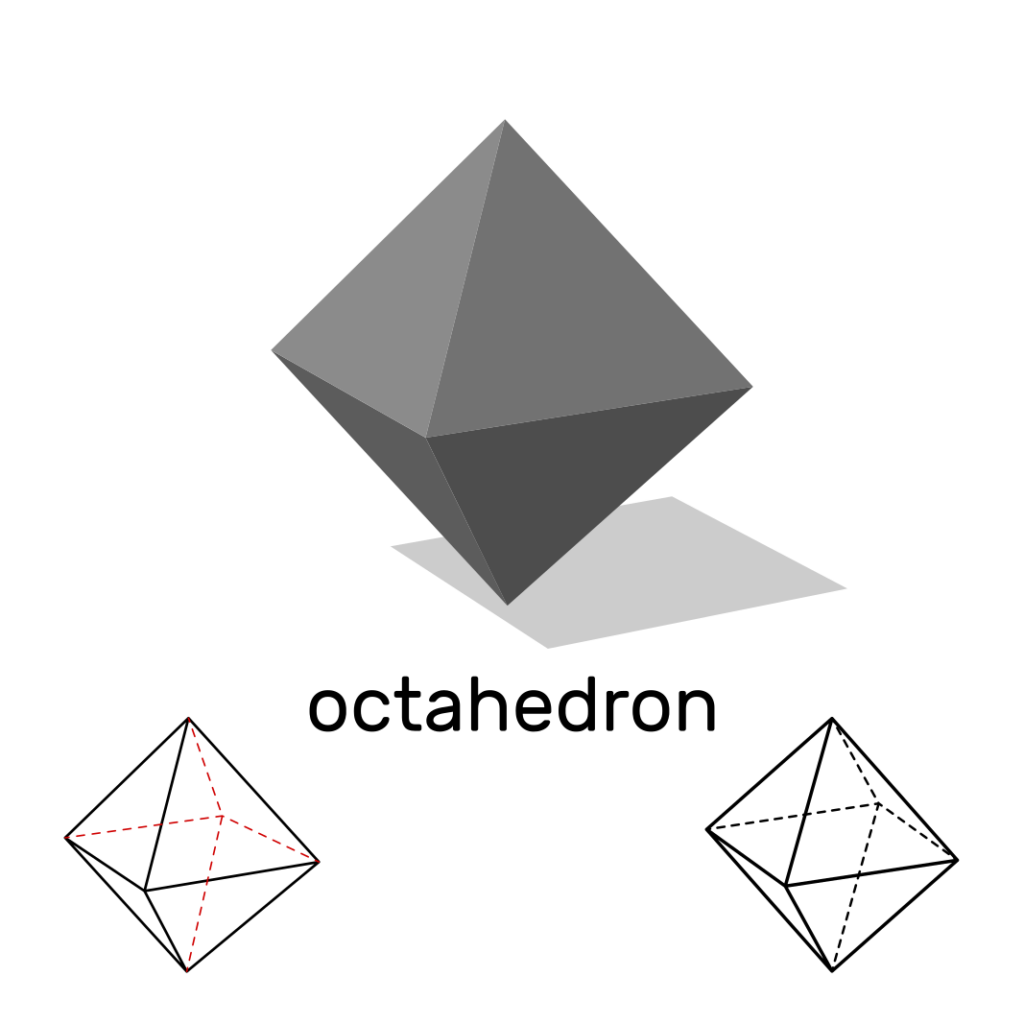
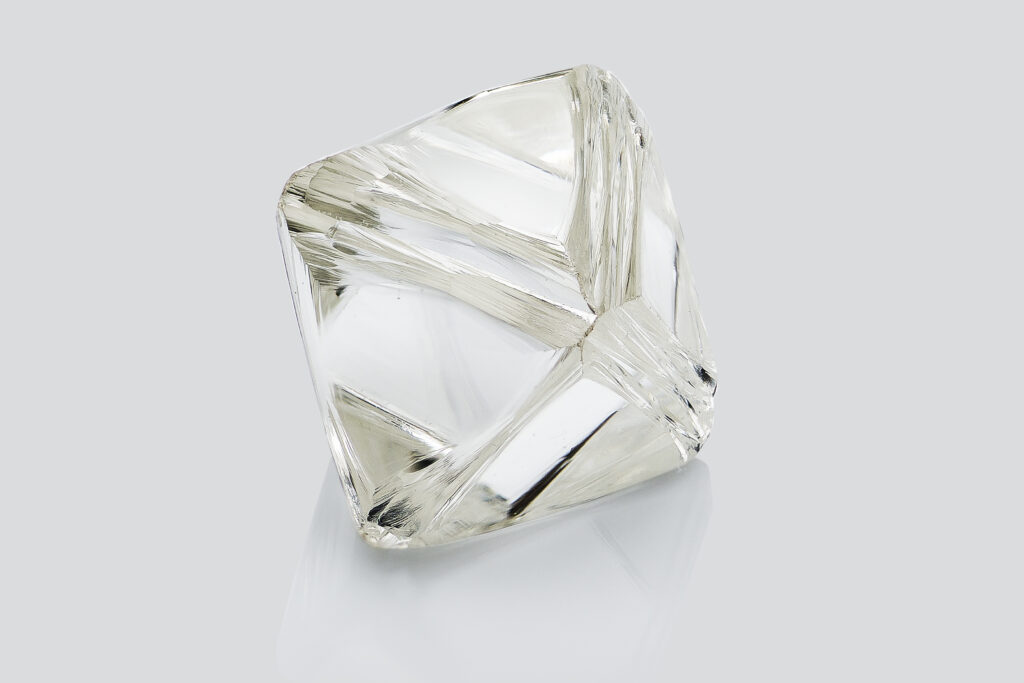
HPHT Lab-Grown
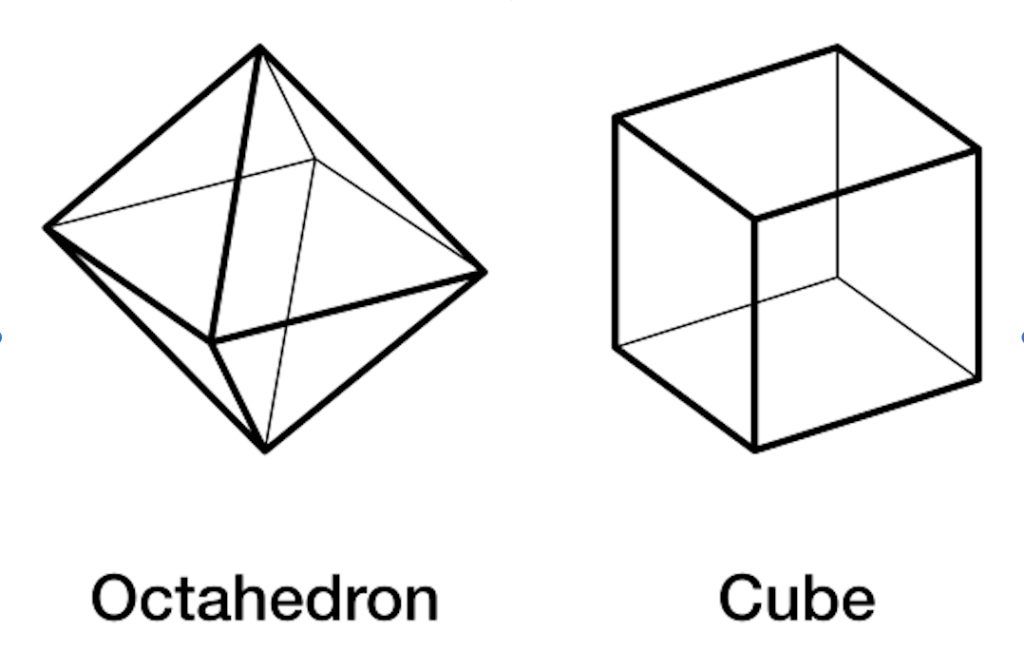
Fluorescence: Hourglass pattern.
Growth Structure: Cuboctahedral.
CVD Lab-Grown
Fluorescence: Various colours.
Growth Structure: Striations (due to layer by layer method of growing).
These are among several advanced instruments used for diamond identification. If the standard gemological tools are not sufficient to identify a diamond, it is worth sending the gems to the laboratory for a full professional examination, where these instruments are used. For that reason, it is crucial for anyone in the diamond industry to be aware of them and be educated on how the identification is performed.


